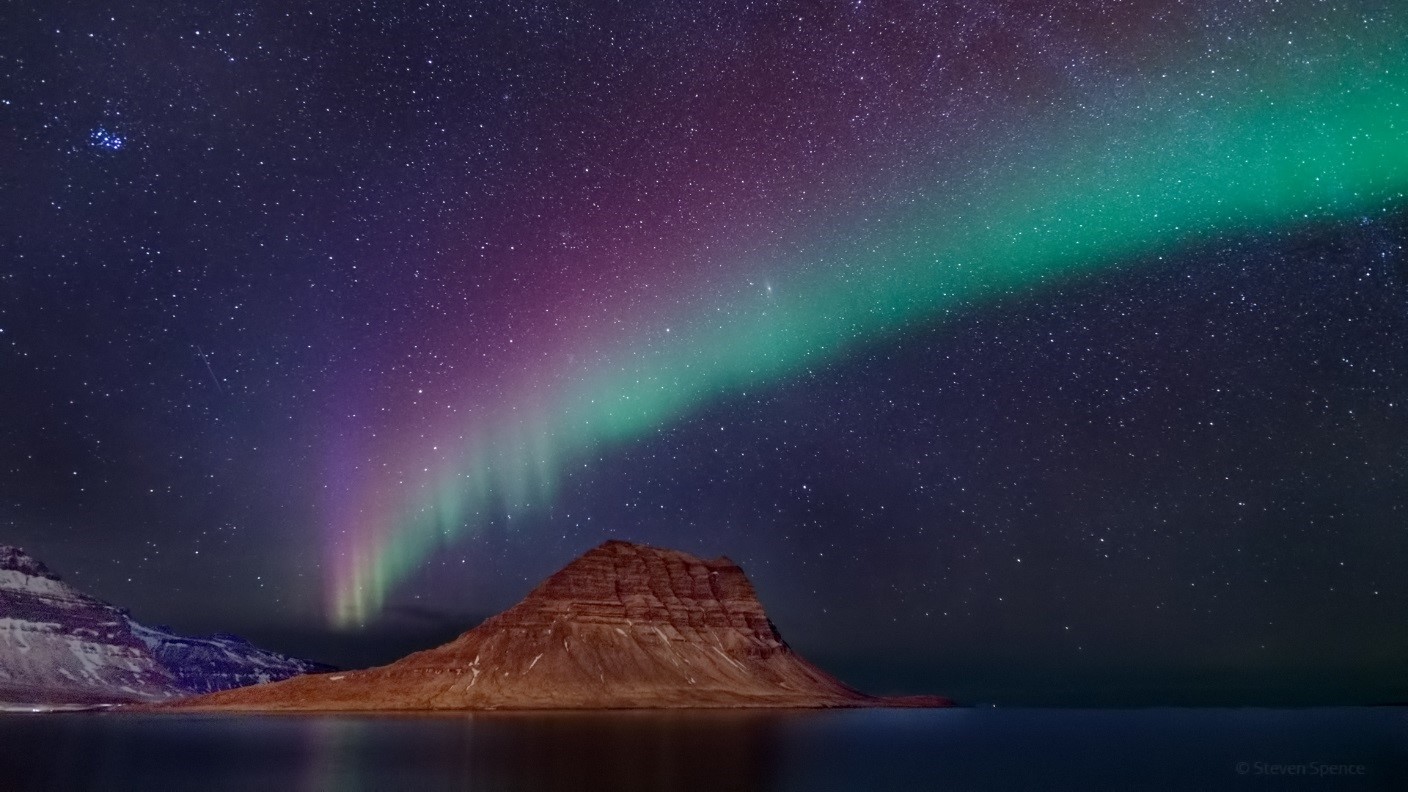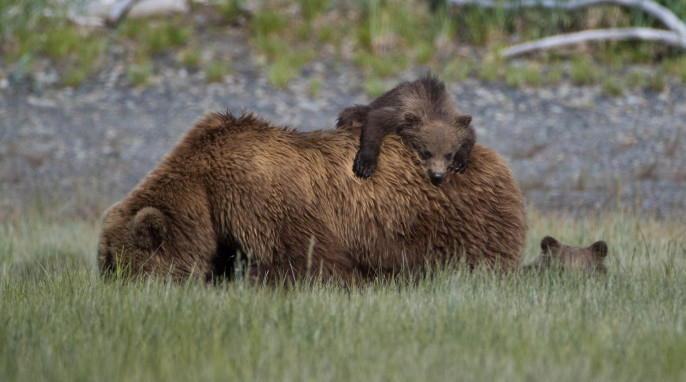No two snowflakes are exactly alike. Read about the science and art of photographing snowflakes in this article by author and photographer Don Komarechka.
By Don Komarechka
Snow: We love it and hate it.
I’d rather not count the number of rushed mornings that become panicked when I realize I need to dig out from underneath a heavy blanket of frozen frustration. By the trillions, snowflakes are definitely a nuisance, but one at a time they can be one of the most beautiful and curious subjects I have ever photographed.
There are a few simple rules—and a few complex ones—that govern how a snowflake grows. The easiest way to understand the shape of a snowflake is this: Whatever sticks out the farthest, grows the fastest. In other words, the branches of snowflakes grow out from the corners of a smaller hexagonal crystal because the corners can collect more building blocks (water vapor) to add to the crystal structure. As the branches begin to form, the growth accelerates, and classic snowflake shapes are born.
In a perfect universe of even and unchanging variables, a snowflake would grow symmetrically. Some can be found this way, but most snowflakes are unbalanced. If the variables that affect growth (temperature, humidity, wind speed, and so forth) change even slightly, you will see different results. Even the tiniest shifts in humidity across the length of a snowflake can cause one side to grow faster than the other; the direction that a snowflake is falling will change its shape as well. Whichever part of the snowflake can collect more water vapor will grow more quickly.

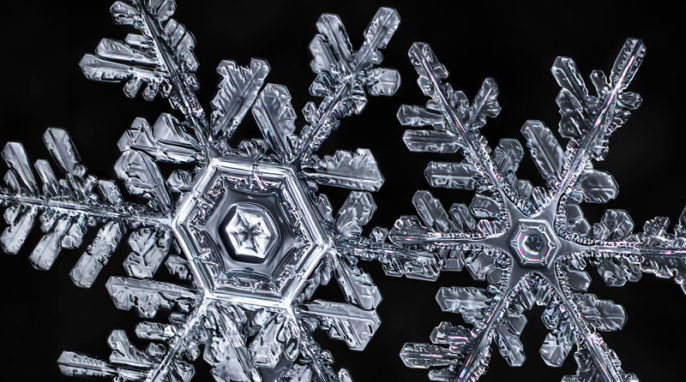

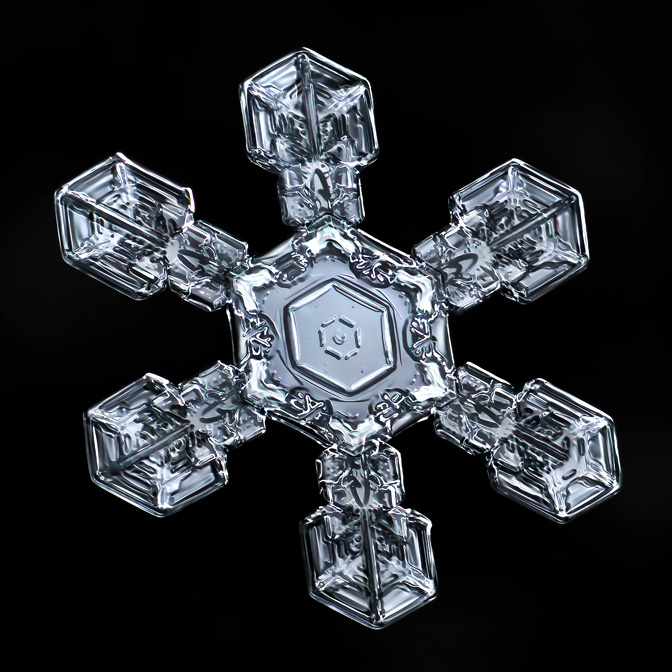
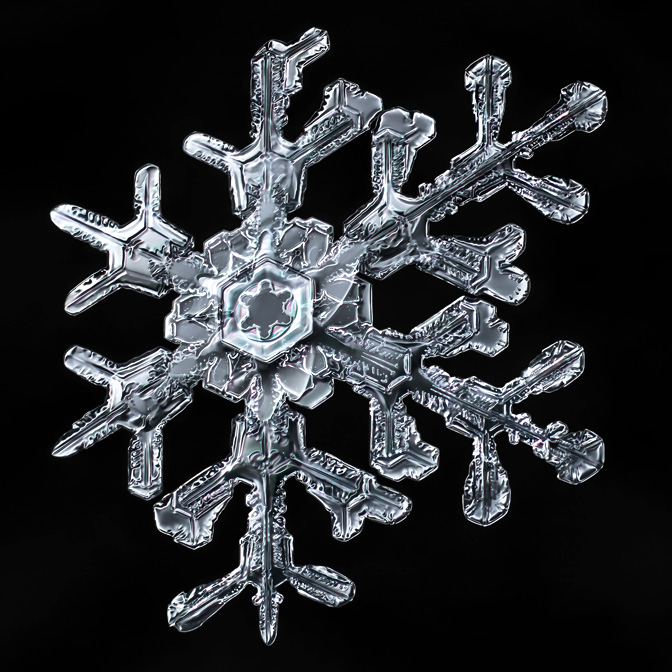
![Sunsets: Sunset seen at the coast in Novigrad, Croatia. Thin clouds turn a normal sunset into a sci-fi worthy sunset. [EOS 7DmkII: 400mm, f5.6, ISO 100, 1/2000 sec]](https://magazine.scienceconnected.org/wp-content/uploads/2015/09/3A4A2828-down-cropped-2058-1146-e1443210710946.jpg)
